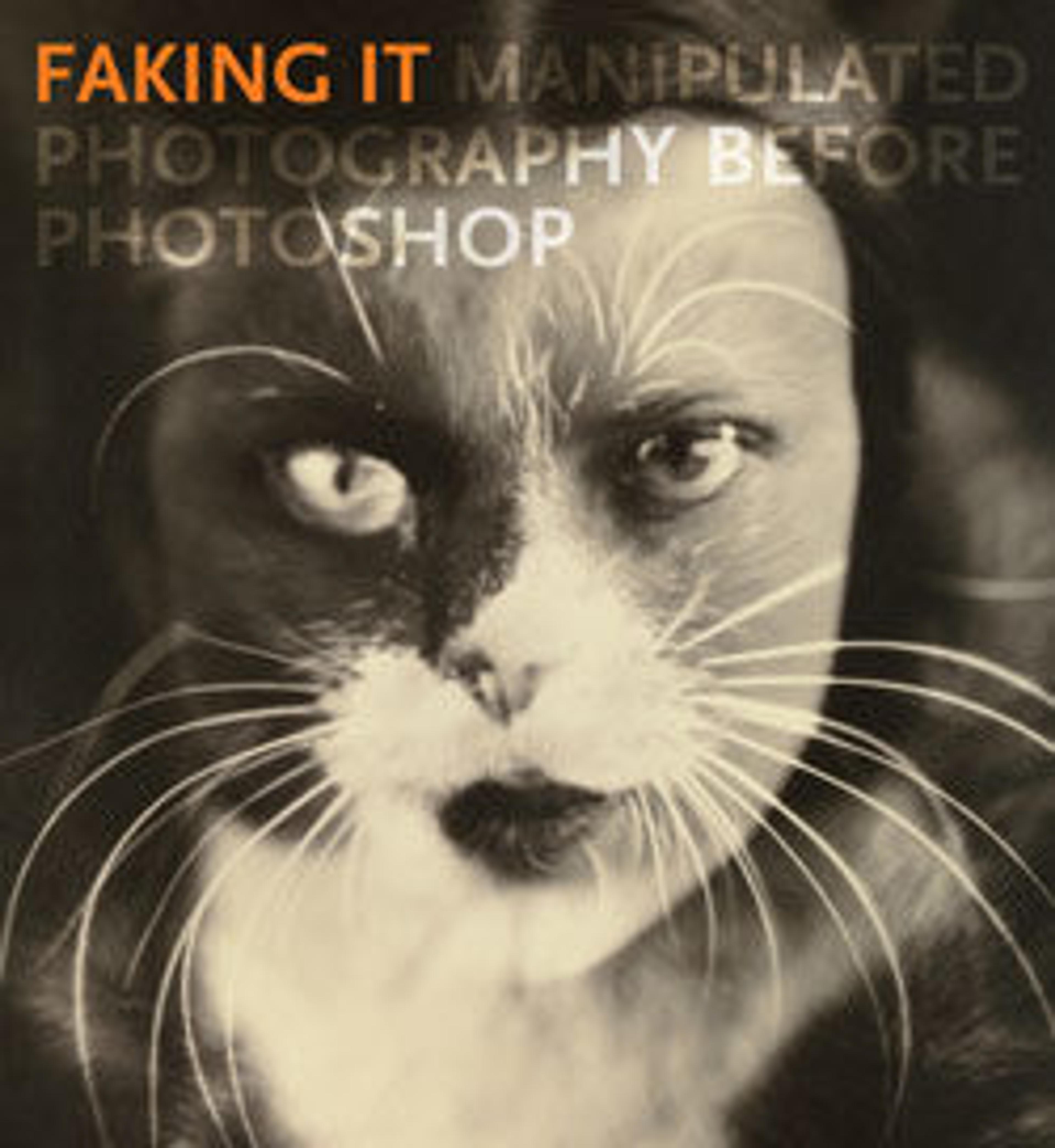Animas Canyon, Colorado
Around the turn of the twentieth century, printers developed sophisticated color processes that could transform black-and-white photographs into deeply saturated chromolithographs produced in various formats, from postcards to large panoramas. The photographs used as the basis for these commercial prints were not merely colorized—they were also cropped, retouched, and extensively reconfigured to serve the demands of the market. Technicians began by creating large collages of photographic and painted elements. These were then re-photographed and transferred to printing stones, where the color was added. In this maquette, William Henry Jackson’s austere photograph of the Animas River canyon in Colorado was significantly altered—trees were removed, mountains were added to the background—eventually resulting in a picture perfect postcard.
Artwork Details
- Title: Animas Canyon, Colorado
- Artist: William Henry Jackson (American, 1843–1942)
- Publisher: Detroit Publishing Company (American)
- Date: 1906
- Medium: Chromolithograph
- Dimensions: Image: 8.1 x 12.3 cm (3 3/16 x 4 13/16 in.)
8.9 x 14 cm (3 1/2 x 5 1/2 in.)
Frame: 27.9 x 35.6 cm (11 x 14 in.) - Classification: Prints
- Credit Line: Funds from various donors, 2011
- Object Number: 2011.479
- Curatorial Department: Photographs
More Artwork
Research Resources
The Met provides unparalleled resources for research and welcomes an international community of students and scholars. The Met's Open Access API is where creators and researchers can connect to the The Met collection. Open Access data and public domain images are available for unrestricted commercial and noncommercial use without permission or fee.
To request images under copyright and other restrictions, please use this Image Request form.
Feedback
We continue to research and examine historical and cultural context for objects in The Met collection. If you have comments or questions about this object record, please contact us using the form below. The Museum looks forward to receiving your comments.
